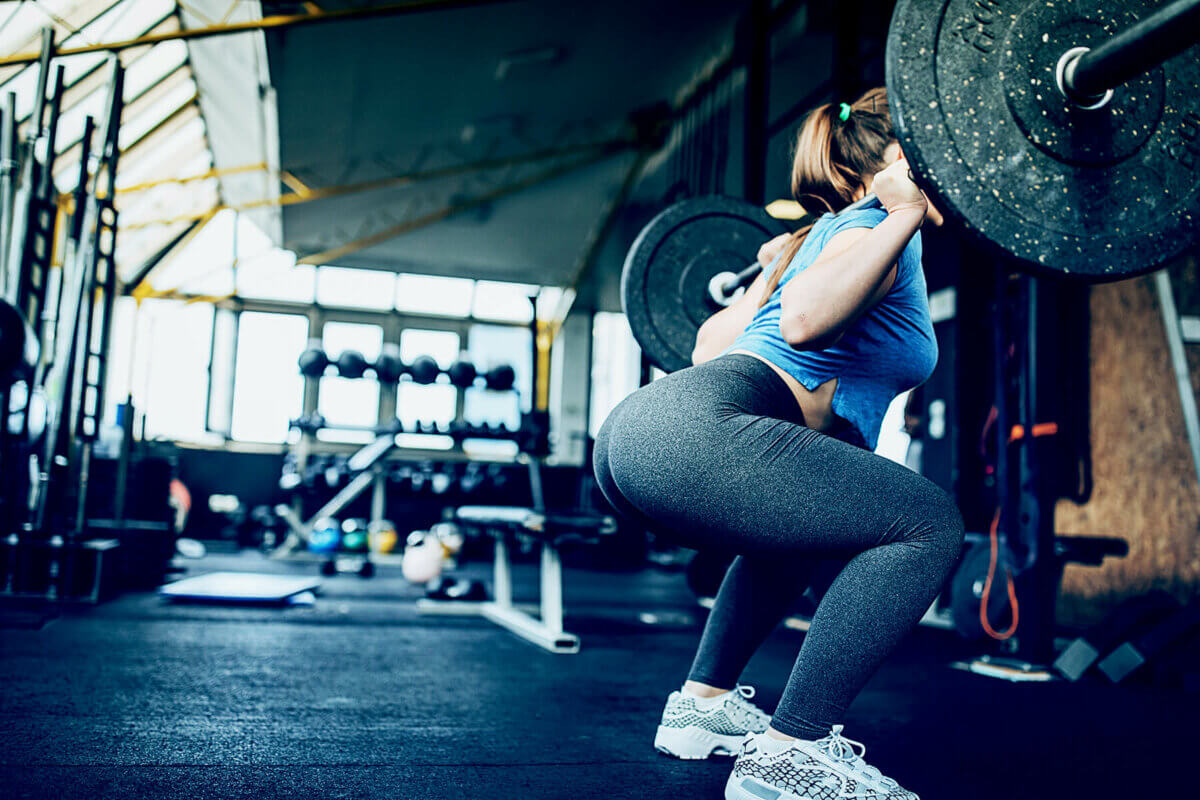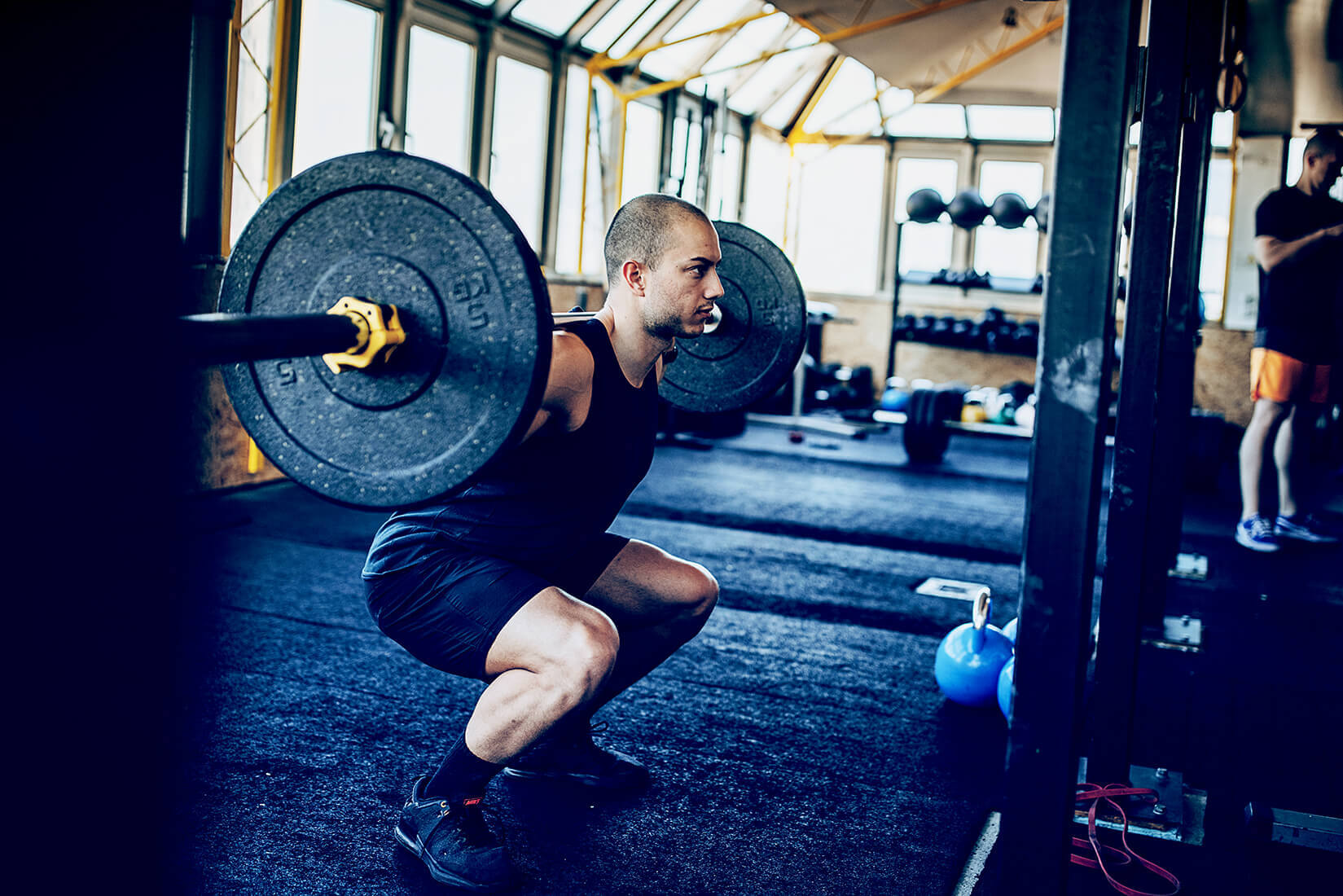A greater range of motion is essential if your primary goal is glute and inner-thigh muscle development.
Overview
What did they test? Changes in muscle size after ten weeks of training with either a full range of motion squat or a half range of motion squat.
What did they find? A full range of motion resulted in greater muscle size of the glutes and adductors compared to a half squat. Quads increased similarly between groups with no changes in hamstrings in either group.
What does it mean for you? If you want to maximize the development of your lower body muscles, particularly the glutes and adductors, it would be advised to use a full range of motion.
What’s the Problem?
The barbell back squat is arguably the most popular exercise for building overall muscle and strength. The barbell squat is a complex exercise involving dynamic interactions between joints of the lower body, including the ankle, knee, hip, and spine. Because the squat recruits the largest and strongest muscles, it allows lifting much heavier loads than other exercises. The multi-joint nature of the squat and the translation of its adaptations to sports makes it a suitable exercise for various individuals and goals, from performance and aesthetic-based improvements to rehabilitation and injury prevention 2. Most lower body musculature plays critical roles in squat performance, including the quadriceps femoris (QF), hamstrings, glutes, hip adductors, and calves 3. Hundreds of other muscles are recruited to support and stabilize the trunk while squatting 3. The quads consist of the muscles on the front of the upper leg, and this muscle group is responsible for knee extension or flexing the lower leg straight. The hamstring muscles play a role in hip extension, but the hip extensor muscle, gluteus maximus, plays a more critical key role in squat strength 4.

There are many ways to perform squats, and the increasing creativity with online trainers is opening the doors to new alternatives, some good, others hopefully you never see! The range of motion (ROM) during squatting is one variable of interest for many trainers and athletes. Researchers can assess the range of motion during the squat by measuring the knee flexion angle. Three types are generally used in practice 3:
- Partial : 40° knee angle
- Parallel (half) : 70 - 100° knee angle
- Deep : over 100° knee angle
Understanding how different squat depths are critical for powerlifters and bodybuilders looking to maximize muscle size and strength. However, there is considerable debate among some doctorate trainers and other fitness professionals about the optimal depth to maximize strength and muscle growth. Unlike other social media gurus or doctorate trainers who list myths and truths with no citations on their website, evidence is growing in the direction of deep squats for greater gains in strength and muscle size 1 5 6 7 8 9. The reason for this makes sense when you look at the studies on the topic. To do this, let’s break down one of the best studies published on the subject a couple of years ago 1. Since then, there have also been some recent publications that contribute to the understanding of squat depth on muscular and strength development 7 8 9 10.
Purpose
Researchers aimed to compare changes in muscle volume of leg muscles following training with a full or half range of motion for the barbell squat. Researchers also tested strength changes before and after the training program.








